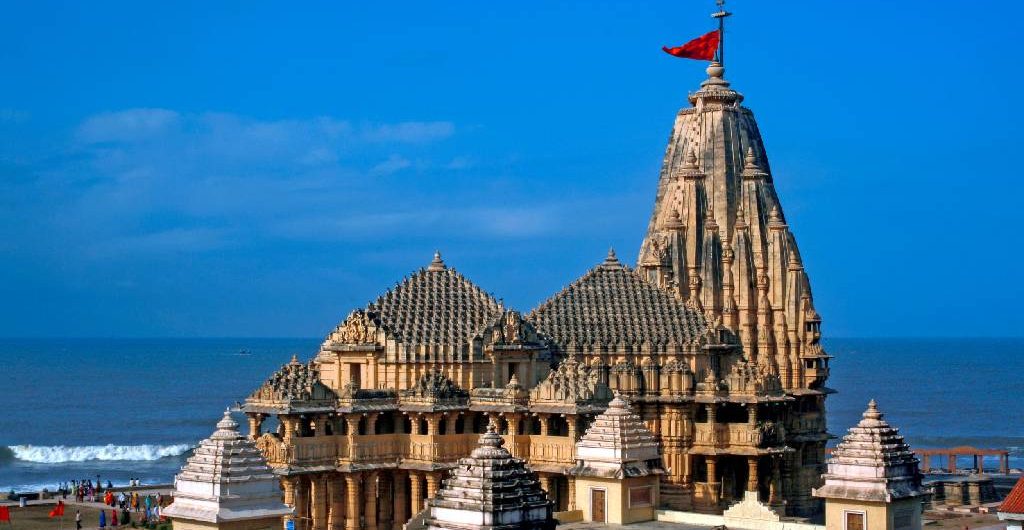
West India is a diverse and culturally rich region located in the western part of India. It holds a significant place in the country’s geography and cultural tapestry. In this article, we will explore West India’s states, geography, economy, culture, cuisine, landmarks, history, and its current challenges and opportunities.
States and Union Territories
West India comprises several states and union territories, each with its unique identity:
- Maharashtra: Known as the financial capital of India, Maharashtra boasts bustling cities like Mumbai and Pune, rich history, and cultural diversity.
- Gujarat: Famous for its industrial growth, Gujarat is the birthplace of Mahatma Gandhi and renowned for its cuisine.
- Rajasthan: Land of forts and palaces, Rajasthan is known for its royal heritage, deserts, and vibrant festivals.
- Goa: A popular tourist destination, Goa offers beautiful beaches, a laid-back atmosphere, and a blend of Indian and Portuguese cultures.
- Dadra and Nagar Haveli : Union territories known for their scenic beauty and historical significance.
- Daman and Diu: Islands with Portuguese colonial influence and picturesque landscapes.
Geography and Climate
West India’s geography varies from arid deserts in Rajasthan to lush coastal areas in Maharashtra and Goa.
The region experiences a tropical climate, with hot summers and a monsoon season. The Arabian Sea influences the climate, making the coastal areas more moderate in temperature.
Economy and Industries
West India is a key economic hub of India. Maharashtra is a leader in manufacturing, services, and information technology. Gujarat’s industrial growth is impressive, with a focus on petrochemicals, textiles, and manufacturing. Rajasthan has a growing tourism sector, while Goa relies heavily on tourism and agriculture.
Culture and Diversity
West India is a melting pot of cultures and languages. Maharashtra is known for Marathi culture, Gujarat for its vibrant Gujarati culture, and Rajasthan for its rich Rajput heritage. Goa has a unique blend of Indian and Portuguese influences, which is reflected in its culture and architecture.
Cuisine
The cuisine of West India is diverse and flavorful. Maharashtra is famous for its street food like vada pav and pav bhaji. Gujarat offers a variety of vegetarian dishes, including dhokla and thepla. Rajasthani cuisine is known for its spicy curries and sweets like ghevar, while Goan cuisine features seafood and traditional dishes like vindaloo.
Landmarks and Tourist Attractions
West India boasts a plethora of tourist attractions, including the historic Ajanta and Ellora Caves in Maharashtra, the awe-inspiring forts of Rajasthan, the serene beaches of Goa, and the architectural marvels in Gujarat like the Rani Ki Vav and the Sabarmati Ashram.
History and Heritage
West India has a rich historical heritage, with ancient civilizations, dynasties, and colonial influences. The region has played a significant role in India’s history, including its involvement in the struggle for independence.
Challenges and Opportunities
West India faces challenges such as rapid urbanization, environmental concerns, and infrastructure development. However, it also presents opportunities for economic growth, tourism expansion, and cultural preservation.